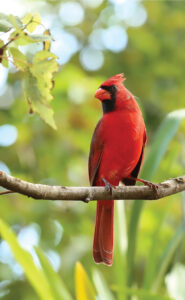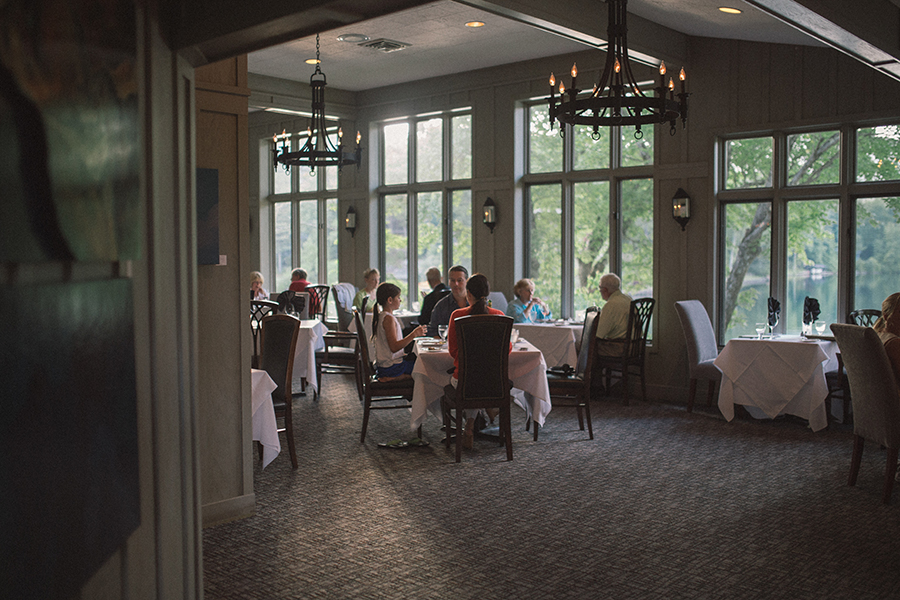A Look At The Red Cardinal

If you’ve ever lived in the eastern half of the United States, chances are you’ve seen the red cardinal. Also called the northern cardinal, this prolific bird can be seen in backyards, parks, forests, and wetlands.
Males feature a bright red plumage and beak, accompanied by a distinguishing tuft of feathers sticking almost straight up from the top of his head. A male’s wings and tail feathers form a richer and darker red than the rest of his coloring, and a shock of black around his red beak provides the bird’s signature contrast.
While male cardinals are easier to notice, the females are no less beautiful. A soft gray-brown covers most of her frame, though her wings and tailfeather are a warm, muted pink. Hints of orange highlight the tiny feathers around her eyes and coral beak, and a light tan runs down her chest. She, too, has a tuft of feathers forming a sharp angle on her head, tipped with the same subtle color of her wings.
From the middle of spring through the summer, you can find cardinals nesting in bushes, trees, and thickets. Both the female and the male cardinal care for their babies, with the offspring growing fully self-sufficient after 45 days. Sometimes, a pair of cardinals may raise up to two or three batches of young in a year.
Like many parents, they divide up their tasks. When you hear a female cardinal singing from her nest, her songs potentially serve as a reminder to her partner, letting him know that the hatchlings are hungry for dinner.
Like many parents, they divide up their tasks. When you hear a female cardinal singing from her nest, her songs potentially serve as a reminder to her partner, letting him know that the hatchlings are hungry for dinner.














